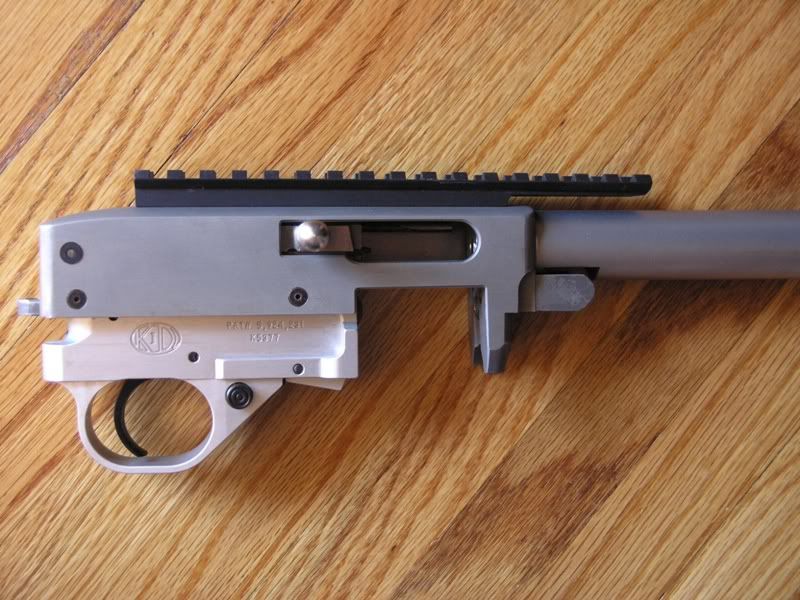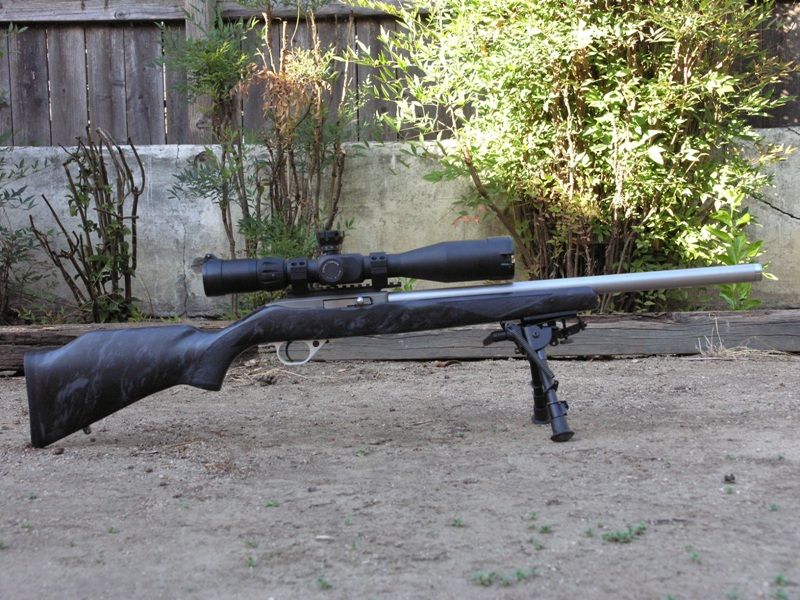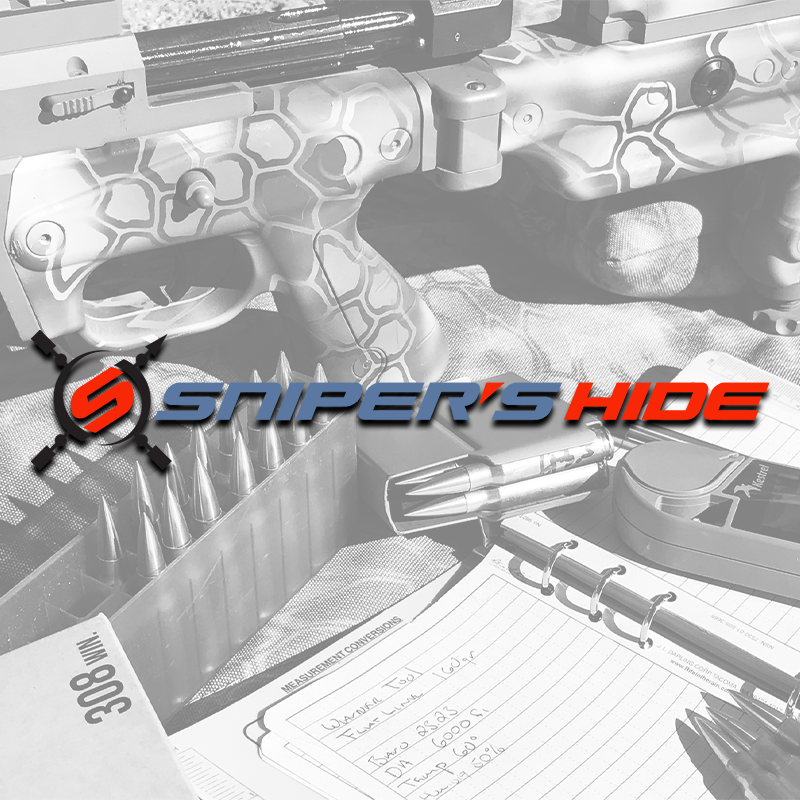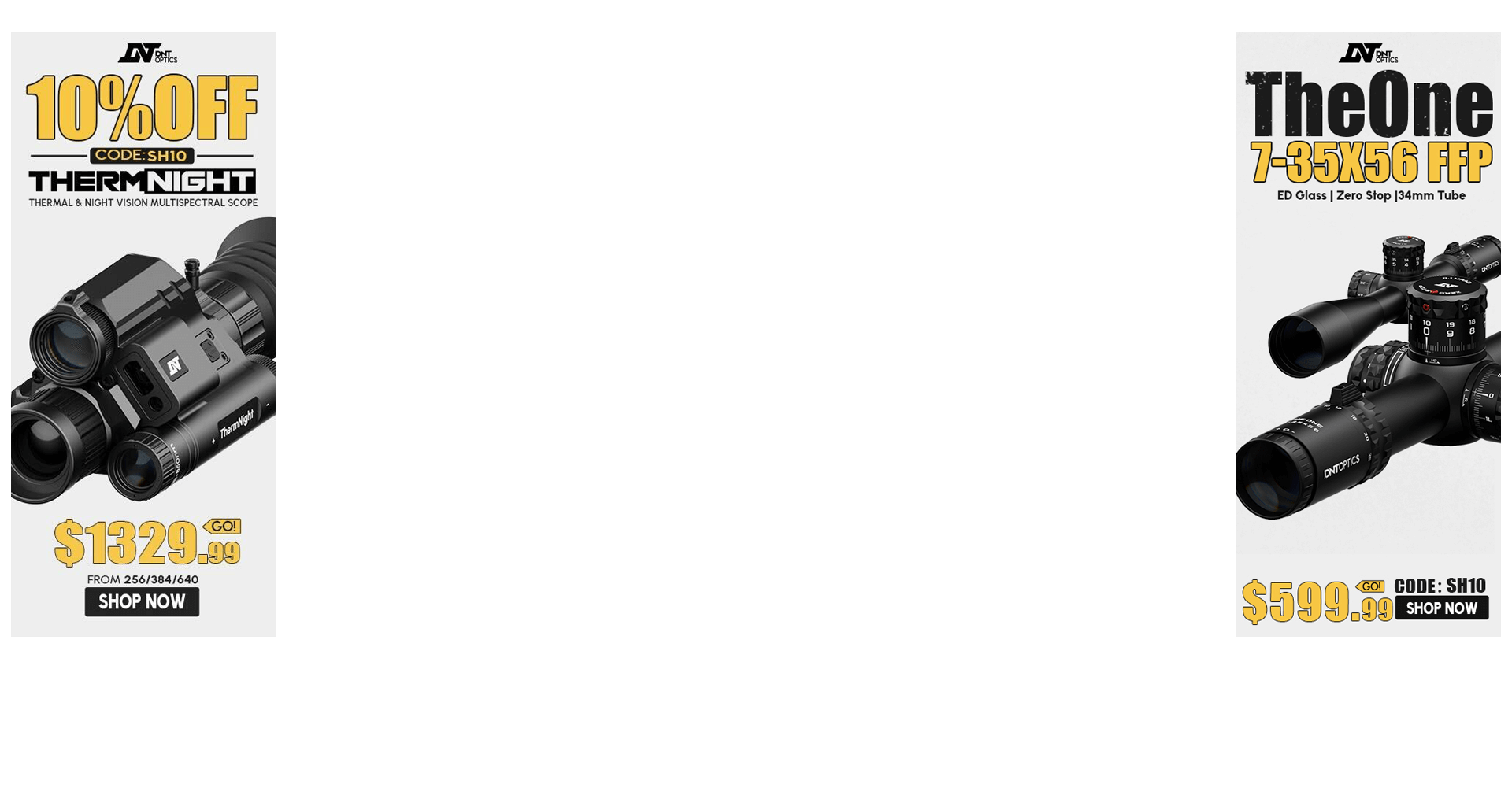I have a Remington 700P chambered in .308 topped with a Bushnell 4200 Elite. The biggest problem to owning this particular scope is that it only has 50 moa built into it (mine actually has 45 but the book says that it has 50).
To make up for this deficiency, it is mounted on a 40 moa canted base not knowing where the theoretical zero would be but since it was intended to stretch the .308 out to the extremes of what it is capable of (or to exhaust my skill), where the round would impact with the scope bottomed out seemed superfluous. Come to find out through experimentation is that with my present load, the 300 yard zero is 0.5 moa off the mechanical bottom.
Now that hunting season has arrived, I thought it might be a neat experiment to take all the tacticool stuff off the 700p, bolt it all onto a Ruger 10/22 and stretch the .22 out as far as possible. Towards this end, I would need to purchase a Picatinny rail to facilitate this transition.
But which one to buy? A flat one or one with cant built into it? The desired zero for the 10/22 is 30-50 yards. If Eley match grade ammo is used, how much cant should a Picatinny rail have, if any, to achieve this end and still allow the maximum possible elevation to stretch the .22 out as long as possible.
And as an aside, there is a YouTube video a fellow doing a demonstration for Accuracy International rifles where he fired a group, took his scope off, replaced the scope and fired another group on top of the first. If one were to take a Bushnell 4200 off a Remington 700p, mount it on a Ruger 10/22, hunt with it for a couple months, then reaffix it to the 700p, should one expect one's current range card to remain valid or should one expect to have to walk his 700p all the way back out?
Thank you in advance for any help that you can provide.
To make up for this deficiency, it is mounted on a 40 moa canted base not knowing where the theoretical zero would be but since it was intended to stretch the .308 out to the extremes of what it is capable of (or to exhaust my skill), where the round would impact with the scope bottomed out seemed superfluous. Come to find out through experimentation is that with my present load, the 300 yard zero is 0.5 moa off the mechanical bottom.
Now that hunting season has arrived, I thought it might be a neat experiment to take all the tacticool stuff off the 700p, bolt it all onto a Ruger 10/22 and stretch the .22 out as far as possible. Towards this end, I would need to purchase a Picatinny rail to facilitate this transition.
But which one to buy? A flat one or one with cant built into it? The desired zero for the 10/22 is 30-50 yards. If Eley match grade ammo is used, how much cant should a Picatinny rail have, if any, to achieve this end and still allow the maximum possible elevation to stretch the .22 out as long as possible.
And as an aside, there is a YouTube video a fellow doing a demonstration for Accuracy International rifles where he fired a group, took his scope off, replaced the scope and fired another group on top of the first. If one were to take a Bushnell 4200 off a Remington 700p, mount it on a Ruger 10/22, hunt with it for a couple months, then reaffix it to the 700p, should one expect one's current range card to remain valid or should one expect to have to walk his 700p all the way back out?
Thank you in advance for any help that you can provide.





